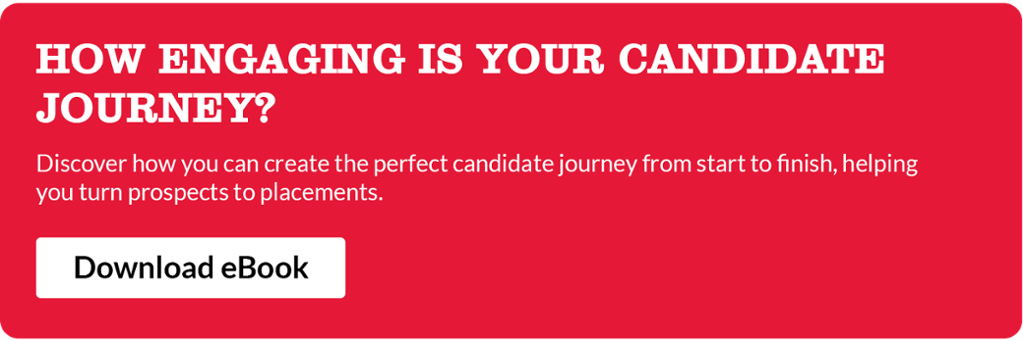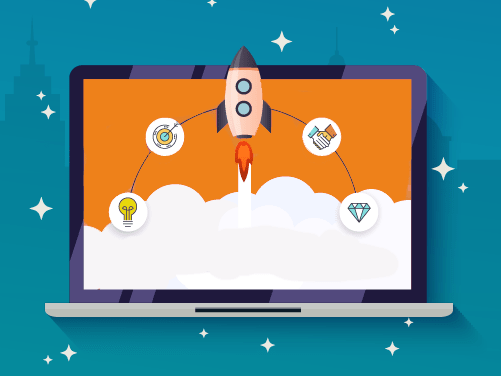If only we could accurately know what’s coming next. From business trends, to new hiring practices, we all wish for a crystal ball.
Fortunately, technology has made things easier. Thanks to the advent of big data, recruiters can more readily understand candidates, what they want, and most importantly, anticipate what they will want next.
In order to do so, there has to be some sort of framework in place. Let’s consider how to use big data to spot the next big thing.
Moneyball Made Data Sexy
In 2003, Michael Lewis published a book titled Moneyball: The Art of Winning an Unfair Game. Telling the story of Billy Beane, the general manager of the Oakland Athletics baseball team, Lewis highlighted just how important data can be.
Billy, cash strapped and running a losing team, realised that a smart use of data could lead to better hiring choices and an increased chance of beating the competition. For recruiters, this idea turned databases into goldmines. It became apparent that data could be used to better source and place candidates with increased accuracy and efficiency.
What is Big Data?
According to Gartner, big data is: ‘…high-volume, high-velocity and/or high-variety information assets that demand cost-effective, innovative forms of information processing that enable enhanced insight, decision making, and process automation.’
What does that mean? Well, big data is lots and lots and lots of information. But it’s also the way that we process and organise that information. It can lead to better decision making, a more detailed understanding of your candidates, and better insights into things like job search behaviour and trend forecasting.
How it Works in Recruitment
We know that it’s increasingly rare for recruiters to work with paper CVs. Candidate information is mostly saved online, and according to Bob Myhal, director of digital marketing at CBC Advertising:
‘From the resume to the search to the interview, we’re moving toward a digital hiring model. Resumes will be displaced by constantly evolving representations of individual experiences, skills and aptitudes that exist purely in the digital realm. Innovative tools that use social media, big data and other technologies to give tremendous insight into individual job seekers will [be] the primary screening method.’
In order to accurately process and manage databases, agencies need to make sure they categorise their data in a considered manner. It’s important for recruiters to be able to access and analyse the information in their database and for them to understand what that data says about their candidates.
How Can We Use the Data We Already Have?
So, the first step is organising the data you’ve already got. It’s not unusual for agencies to have tens of thousands of candidate CVs in their database. So make sure that it’s searchable, categorised, and monitored. This is the point where you can begin to spot trends. Especially if you're creating excellent and up to date talent pools.
Then figure out what’s relevant and what isn’t. The best way to do so is by investing in the proper tools so that nothing gets lost between the digital cracks. Make sure your entire organisation is on the same page when it comes to determining relevancy.
But organising your database is a conversation for another article. Instead we want to focus on how you’ll use the data at your disposal to anticipate future hiring trends.
Glimpsing the Future
As candidates increasingly live their lives online it becomes ever easier to monitor and track the moments in their careers where they’re likely to make a move. It's also easier to determine exceptional candidates who will be able to learn new skills, who would excel in a specific role, and who would match the culture of a given company.
And everything a candidate does online is useable data, as Kasia Borowicz pointed out on a Firefish Blab: ‘Even the social networks candidates use can tell you a lot about who they are.’
The online world is full of candidate information just waiting for you to analyse and use to your advantage. Everything that a candidate shares publicly online can be applied to create a better and more accurate picture of who they are.
By getting to know candidates and understanding their wants and needs you can start to anticipate their future choices. If you do this with enough candidates with shared interests and experience within the same sector you can note wider trends affecting the recruitment industry on a bigger scale.
As Michael A. Morell notes in Wired: ‘At the end of the day, big data – when used properly – is a good thing for everyone involved. Recruiters can save time, companies will get positions filled by the right candidates more quickly, and candidates will be matched with the jobs of their dreams.’
That’s the allure of big data. It works on both an individual and collective level allowing you to glimpse the future. The trick is analysing the data at your fingertips effectively.
Andy Mckendry
Andy Mckendry is a copywriter with an MA in Professional Writing. In the early mornings he is known to gravitate towards the nearest coffee pot.




